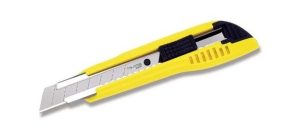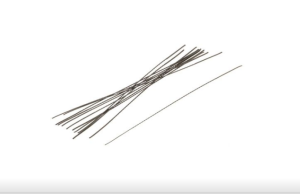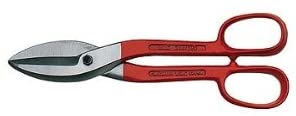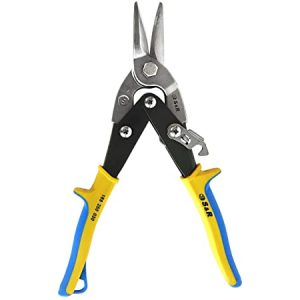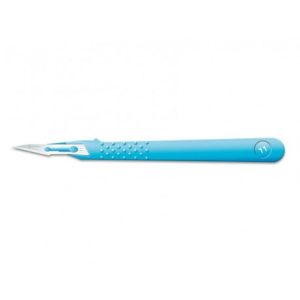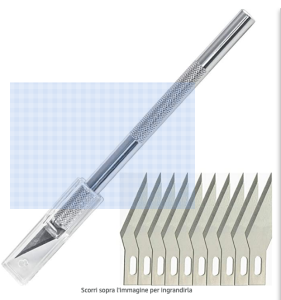Valeria Gasparrini
Artist, illustrator
About
Valeria Gasparrini ( Rome, 1964), was formed thanks to a rich contribution of artistic and literary experiences: classical studies, research in ceramics, painting, fresco, engraving, drawing from life; attended the three-year course of illustration at the IED, and was trained in the graphic engraved at the Stamperia del Tevere , in Rome. Today she works as an artist, as an advertising illustrator and freelance editorial, as a teacher of drawing, visual and illustration at Quasar Design University, the Academy of Fine Arts of L'Aquila ABAQ, the American University in Rome AUR. He draws live in theatrical performances, and realizes performances with stage machines of various nature that builds and animates on stage. As an artist he has participated in personal and collective exhibitions, and passionately dedicates himself to the creation of artist’s books, combining his remarkable illustrative nature with the infinite expressive possibilities of engraving techniques.
He has exhibited in Rome, Milan, Bologna, Faenza, Venice, Paris, Luxembourg, Rothemburg. Some of his works are part of permanent exhibitions, such as the ceramic work "Rain" at the International Museum of ceramics in Faenza, the artist book "How many irreplaceable lives", exhibited at the national library of Luxembourg, and its printed version exhibited at the Casa della Memoria in Rome.
They wrote about here
Daniele Scalise, Loris Schermi, Francesca Tuscano, Michèle Wallenborn, Devin Kovach, Sarah Linford, Gianluca Tedaldi. Valeria Bertesina. For interested people, I am writing to offer the highest recommendation for Valeria Gasparrini who has held two engraving workshops for the Rome Center of Architecture and Culture at Woodbury University which I direct. He guided the students' works, taking them from the initial drawings to the creation of the definitive prints and their possible display in an exhibition. I find her one of the most creatively contagious and inspiring people with whom I have had the opportunity to collaborate. Let me take the liberty of offering a few details regarding his remarkable abilities. To begin with, she is a very competent artist in her field. She is also generous in sharing her experience and does so with great enthusiasm. In the initial phase of the projects he offers numerous approaches, both experimental and conventional, with the aim of giving birth to works of art that can then be created on slabs. In the workshops we used zinc and copper plates, and the results were surprising. It featured field sketching exercises, complex mapping projects, and digital plate file translations. It has provided Woodbury with some of the most powerful and transformative learning experiences students have had in Rome; also in relation to what they do at home. Our students love her and she has been there for them every step of the way, teaching them techniques to achieve their creative goals. It is a magical moment when the students complete the drawings, prepare the plates, ink them working in their studio. And then they print them. This would not have been possible for us without Valeria's expertise. Thank you for the opportunity to offer a great recommendation for Valeria and I would be happy to discuss her merits further should you wish to contact me at my email: paulette.singey@gmail.c
Best regards Paulette Singley Woodbury University professor, Director of the Rome Center for Architecture and Culture
The shaping of the matrix
The shaping of the matrix
When printing processes use one or more matrices, they may not have the same shape, or they may have to be square, or rectangular. The matrix can be cut into the shape we want, be it a sheet of metal, or wood, cardboard, paper, plastic or linoleum. The fact of cutting, better would be said to shape, a matrix allows you to create an absolute contrast with the paper on which you print, since the white will not be obtained by cleaning the matrix but by the absence of the matrix itself… In addition, the press creates a small embossed edge where the die ends (obviously this depends on the calibration of the press pressure), and this edge is graphically interesting. To mold a cardboard matrix (frottage, gipsography) is not complicated, less complicated still a paper matrix (xerox-transfer); scissors and a cutter are enough. A linoleum matrix will be difficult to cut with scissors… if the linoleum is often will need to use the cutter or scalpel; more than a single final cut is advisable to pass several times on the same cut, without pressing excessively. Compared to the cutter the scalpel allows a more detailed shaping, and is affordable or in fine arts stores (interchangeable blades), or in the pharmacy (disposable); needless to say, be careful and not to direct the movement of the cut towards us. Unlike linoleum, high-density PVC can be cut more easily than cardboard. Cutting the zinc sheet is a bit more difficult, but it is also done with a normal pair of scissors, to which we will then have to remake the thread! Shaping the wood is possible with a simple openwork saw; if we use an alternative hacksaw we will have to be careful of the marks that the hacksaw slide leaves on wood or metal. Obviously it will be necessary to mount the appropriate blade (wood blades, iron blades). Plexiglass is cut with the jigsaw or openwork. The important thing is the speed of the blade, which if too high melts the plexiglass, which merges with the serrated blade and blocks it; I still recommend an iron blade, with small teeth. In the case of plexiglass be careful not to breathe the dust. In the case of plexiglass be careful not to breathe the dust. The metal is cut with the openwork saw, buying special metal blades; they are found in jewelry stores, and have different thicknesses; avoid blowing on metal dust to free the view… the sudden cooling will break the blade. Brass is the hardest metal, then comes copper and finally zinc, which is the softest to cut. A light coat of sandpaper on the edges (wood, metal, plexiglass) is advisable, maybe a light weight, around 400.
Nel caso del plexiglass attenzione a non respirare il pulviscolo. Il metallo si taglia con il seghetto a traforo, comprando delle speciali lame da metallo; si trovano nei negozi di oreficeria, ed hanno diversi spessori; evitate di soffiare sulla polvere di metallo per liberare la visuale…l’improvviso raffreddamento romperà la lama. L’ottone è il metallo più duro, poi viene il rame ed infine lo zinco, che è il più morbido da tagliare. Una leggera passata di carta vetrata sui bordi (legno, metallo, plexiglass) è consigliabile, magari una grammatura leggera, intorno ai 400. In the case of metal, the edges thus obtained must be polished and prepared to prevent ink stagnation. It is not advisable to discard the aluminum, because it would lose the polishing that has just left the factory, without being able to rebuild it. Another cutting tool is the sheet scissors, which, however, act well mainly on small cuts. Beware of the blade, some scissors cut very well but have a serrated blade; this means that then we will have to work to make the cut smooth and homogeneous.
